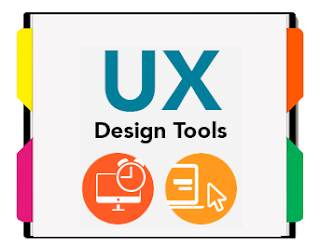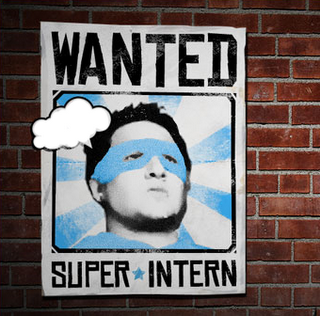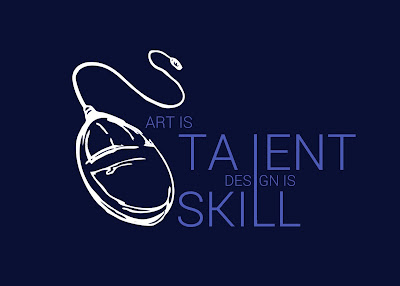The User Experience universe revolves around the user. Everything that is created is based on the understanding of these users. But how can you, as a UX designer, get important insights about users and their behaviors?
The answer is by using research techniques. One of these techniques is called User Story which has become an integral part of UX process.
In this article you will learn:
• What User Story is?
• What makes a good User Story?
• Benefits of User Story.
So hold tight that cup of tea because as a UX professional you certainly don’t want to miss out on this one.
What is User Story?
To put it in simple words, a User Story is a brief description of what the end user wants to accomplish by using a product/service. It sums up the requirement or goal of the end user and the reason behind it.
There can be a User Story for every level and even sub-level of every product function or feature.
The User Story is created by a UX Designer or User Researcher.
One very important thing that one must never forget about User Story is that it is always from the perspective of the end user. It is never created based on the perspective of the UX professionals.
User Story Example:
Let us look at an example to get a better understanding of User Story.
Consider a person, say Rohan, who wants to buy an Android smartphone with the latest features. But as Rohan is a working professional, he cannot find time to explore various options during the day time. Evening is the only time when he can do so.
On top of that, commuting to office from home and vice-versa means Rohan gets exhausted. He has no plans to again go out, visit multiple shops to buy a smartphone. Instead, he chooses to buy the smartphone through an e-commerce website. This not only saves him time but also offers him an opportunity to avail discounts on the site.
The entire journey of Rohan which has been explained above is called User Story.
Features of good User Story:
Developing a User Story is not that difficult. But the fact is that creating the right User Story in the first go is also not that easy. Hence, we can have references in place based on which you can develop your product/service’s User Story.
So how does one create a good enough User Story?
Although there are no set rules for creating a User Story, the INVEST acronym, created by Bill Wake is a good reference of what a good User Story should look like. We look at what each element of this acronym stands for.
I (Independent):
Product functions and features will always be interdependent, however, when writing a user story one must always try to create an independent story that is self sufficient for a particular feature or sub feature.
N (Negotiable):
The best thing about a User Story is that it can be easily changed as required and help product iterations.
V (Valuable):
The A User Story must offer value to all product stakeholders such as designers, engineers, product managers & owners, marketing personnel etc.
E (Estimable):
A User Story essentially allows designers estimate the scope and importance of a feature for a user.
S (Size):
The User Story should not be too big so as to become impossible to plan and implement in small chunks.
T (Testable):
A User Story must be testable as it will help the UX team know whether they have got the User Story correct or not.
User Story Template:
Every user story is different and hence creating a one for all template is not a possibility. Still, you can get an idea of how a User Story looks like. Look at the image below to know how it appears.
Tips for writing an effective User Story:
1. Start with users.
2. Utilize Persona to get deep insight into users’ journey.
3. Keep them simple and to the point.
4. Collaborate with other team members to write the stories.
5. Keep them refining as the process moves ahead.
6. Split the stories into individual themes.
7. Visualize the stories.
Benefits of User Story:
1. It helps in identifying the main problem or issue faced by the end user and how the product/service being offered should solve it.
2. It helps in creating products/services which are user focused.
3. It helps in avoiding hitting dead ends as far as design and overall UX process is concerned.
4. It is crisp, concise and easy to understand.
5. It can be readily used in project planning.
User Story is, undeniably, an integral part of UX process. It greatly helps in keeping your UX project organized, focused and consistent.
The answer is by using research techniques. One of these techniques is called User Story which has become an integral part of UX process.
In this article you will learn:
• What User Story is?
• What makes a good User Story?
• Benefits of User Story.
So hold tight that cup of tea because as a UX professional you certainly don’t want to miss out on this one.
What is User Story?
To put it in simple words, a User Story is a brief description of what the end user wants to accomplish by using a product/service. It sums up the requirement or goal of the end user and the reason behind it.
There can be a User Story for every level and even sub-level of every product function or feature.
The User Story is created by a UX Designer or User Researcher.
One very important thing that one must never forget about User Story is that it is always from the perspective of the end user. It is never created based on the perspective of the UX professionals.
User Story Example:
Let us look at an example to get a better understanding of User Story.
Consider a person, say Rohan, who wants to buy an Android smartphone with the latest features. But as Rohan is a working professional, he cannot find time to explore various options during the day time. Evening is the only time when he can do so.
On top of that, commuting to office from home and vice-versa means Rohan gets exhausted. He has no plans to again go out, visit multiple shops to buy a smartphone. Instead, he chooses to buy the smartphone through an e-commerce website. This not only saves him time but also offers him an opportunity to avail discounts on the site.
The entire journey of Rohan which has been explained above is called User Story.
Features of good User Story:
Developing a User Story is not that difficult. But the fact is that creating the right User Story in the first go is also not that easy. Hence, we can have references in place based on which you can develop your product/service’s User Story.
So how does one create a good enough User Story?
Although there are no set rules for creating a User Story, the INVEST acronym, created by Bill Wake is a good reference of what a good User Story should look like. We look at what each element of this acronym stands for.
I (Independent):
Product functions and features will always be interdependent, however, when writing a user story one must always try to create an independent story that is self sufficient for a particular feature or sub feature.
N (Negotiable):
The best thing about a User Story is that it can be easily changed as required and help product iterations.
V (Valuable):
The A User Story must offer value to all product stakeholders such as designers, engineers, product managers & owners, marketing personnel etc.
E (Estimable):
A User Story essentially allows designers estimate the scope and importance of a feature for a user.
S (Size):
The User Story should not be too big so as to become impossible to plan and implement in small chunks.
T (Testable):
A User Story must be testable as it will help the UX team know whether they have got the User Story correct or not.
User Story Template:
Every user story is different and hence creating a one for all template is not a possibility. Still, you can get an idea of how a User Story looks like. Look at the image below to know how it appears.
 |
| User Story Template |
1. Start with users.
2. Utilize Persona to get deep insight into users’ journey.
3. Keep them simple and to the point.
4. Collaborate with other team members to write the stories.
5. Keep them refining as the process moves ahead.
6. Split the stories into individual themes.
7. Visualize the stories.
Benefits of User Story:
1. It helps in identifying the main problem or issue faced by the end user and how the product/service being offered should solve it.
2. It helps in creating products/services which are user focused.
3. It helps in avoiding hitting dead ends as far as design and overall UX process is concerned.
4. It is crisp, concise and easy to understand.
5. It can be readily used in project planning.
User Story is, undeniably, an integral part of UX process. It greatly helps in keeping your UX project organized, focused and consistent.























